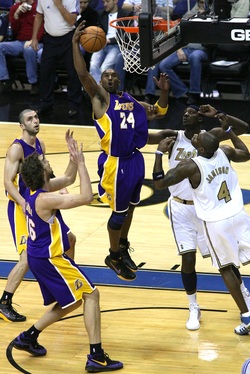
Kobe Bryant went to Germany to have an injection similar to Platelet Rich Plasma (PRP) injections to his right knee. Kobe Bryant's treatment is a derivation of Platelet Rich Plasma therapy. Kobe Bryant had an injection called Orthokine which is not approved by the Federal Drug Administration (FDA) for use in the US nor Canada due to question of effectiveness and safety. Unlike Orthokine, PRP is accepted by the FDA for use in the US and has shown to be safe. It appears that Orthokine requires a process that manipulates blood cells to induce the release of anti-interleukin 1 (anti-IL 1) which theoretically inhibits the body's natural healing process of inflammation. Basically Orthokine induces an anti-inflammatory effect. The Orthokine treatment is a derivation of platelet-rich plasma therapy.
PRP is advantageous over Orthokine in that it triggers the body's natural healing process using inflammation and can actually be used to strengthen ligaments and tendons. PRP also uses your body's growth factors to help heal damaged tissues such as tendons and cartilage and in Dodger's ex-baseball player Takashi Saito's elbow ligaments.
Because of the intensity of his profession as a top athlete, Kobe Bryant had an injury to his knee which resulted in loss of cartilage. In May of 2010, Kobe Bryant had surgery to have fragments removed from his knee.
Kobe then traveled to Germany to have the PRP similar injection.
It is a non-surgical treatment to help trigger your body's own healing of your tendons and/or cartilage.
For the PRP injection, your own blood is drawn (just like for lab tests). Then the platelets are filtered using a special filtration system and centrifuge.
These platelets are highly concentrated than what is normally in your blood. The platelets can then be injected directly into damaged areas (inflamed tendons or damaged cartilage) and trigger the growth of normal and new tissue. Blood platelets contain “potent growth factors” which are necessary to begin tissue repair and regenerate an injury site. Platelets are a natural source of growth factors.
This technology has been around since the 1970’s and has become more popular in the last five years with the advent of stem cell use, physicians have come to recognize that these concentrated platelets contain large reservoirs of growth factors and cytokines and may be used as an adjunct in wound healing.
Not only do platelets provide a scaffold for healing tissues in damaged areas, they may also trigger cells to stimulate production of cartilage. In addition, platelets have a significant anti-inflammatory effect as well. For Kobe’s knee, this may have been one of the best options that was available to him.
Studies in Germany have shown the success of PRP as has research at Stanford in 2006 where 20-25 patients had significantly positive results with PRP injections. PRP has been used as an adjunct to wound healing for several decades.
Watch this video >> Learn more about PRP as a groundbreaking treatment for your injuries and how it helped Superbowl NFL player Hines Ward.
LEARN MORE ABOUT PLATELET RICH PLASMA (PRP) THERAPY >>
Learn more about our PRP injections at Arc Motion Rehab Clinic > >
CONTACT US >>

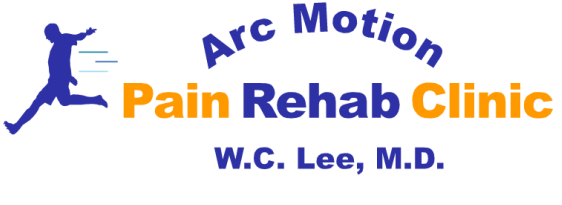



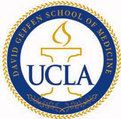
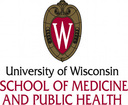
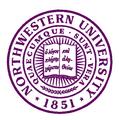
 RSS Feed
RSS Feed